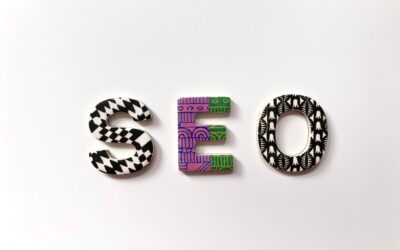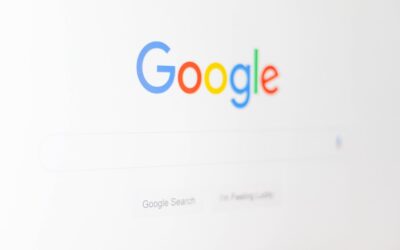Learn what a sticky header is, what its benefits are, and how to create one for a website. Improve usability and conversions on your website.
Online Marketing & Web Design | FAQ / Lexicon
Learn more about online marketing & web design with our lexicon of terms and FAQ. Answers to your questions from our experts.
What is a hover effect?
A hover effect is a visual change that occurs when the mouse pointer is moved over a specific element. Learn more about the meaning and implementation of hover effects here.
What is a pop-up?
Learn what a pop-up is, what types there are and how pop-ups can be used successfully in online marketing.
What is a permalink?
A permalink is a permanent URL that points to a specific web page. Learn why permalinks are important for SEO and how to customize them in WordPress.
What is a favicon?
A favicon is a small icon that appears in the address bar and bookmarks of a browser. Learn more about the meaning and functionality of favicons here.
What is a subdomain?
Learn what a subdomain is, its advantages and disadvantages and how they can be used in the organization and online marketing of a website.
What is an SSL certificate?
An SSL certificate is a digital certificate that confirms the identity of a website and creates a secure connection. Learn more about SSL certificates and their benefits.
What is a theme in WordPress?
A WordPress theme is a collection of templates and stylesheets that define the design of a website. Learn more about how themes work and how to customize them here.
What is the difference between Post and Page in WordPress?
Learn what the difference is between Posts and Pages in WordPress, including their uses, functions, and features to make your website content effective.
What is a widget?
A widget is a small application element on a web page or in a user interface that provides various functions and information. Learn how widgets are used in web design.
What is a footer?
Learn what a footer is in web design, its functions, design aspects and how it contributes to your website's search engine optimization (SEO).
What is a header tag?
A header tag is an HTML element that structures headings and is used for SEO. Learn how to use and optimize header tags correctly here.
What is a breadcrumb?
Learn what a breadcrumb is, how it works, its benefits for user experience and SEO, and how you can integrate it into WordPress.
What is web hosting?
Learn what web hosting is, what types of web hosting are available, and what factors to consider when choosing a web hosting provider.
What is a domain?
A domain is a unique name that identifies an IP address on the Internet. Learn more about the functions of a domain and its relevance in online marketing.
What is a 404 error?
Learn what a 404 error is, what causes them, and how to fix them to improve a website's usability and search engine rankings.
What is SSL encryption?
Learn what SSL encryption is, how it works, its benefits, and why it's important for secure online communications and online marketing.
What is link building?
Link building is an important part of SEO and involves generating quality backlinks to a website. Learn more about link building methods and strategies.
What are alt tags and why are they important?
Alt tags are text descriptions for images in HTML code that improve accessibility and contribute to search engine optimization. Learn more about their meaning and tips.
What is off-page SEO?
Off-page SEO includes measures outside your own website to achieve better rankings. Learn more about backlinks, social media, reputation management & influencer collaborations.
What is on-page SEO?
On-page SEO involves optimizing web pages for higher ranking and relevant keywords. Learn more about the essential elements of on-page SEO.
What is Mobile SEO?
Learn what mobile SEO is, how it differs from desktop SEO, and what requirements are relevant to a successful mobile SEO strategy.
What is Local SEO?
Local SEO promotes the local visibility of businesses in search engines. Learn more about the importance, elements and benefits of local search engine optimization.
What is a Robots.txt file?
A Robots.txt file is an essential SEO tool that instructs search engine crawlers which areas of a website to index. Learn more about its function and importance.
















